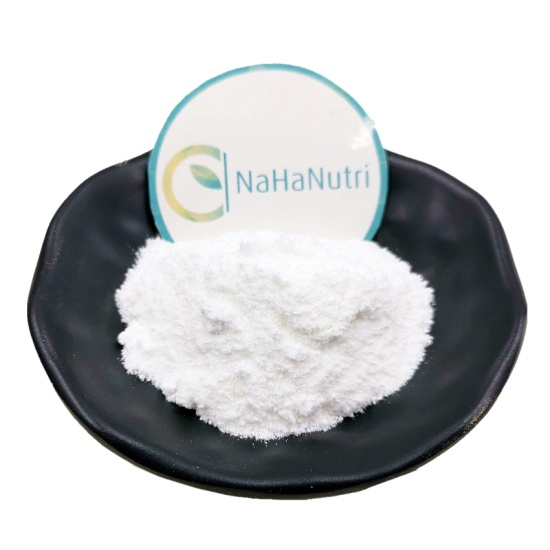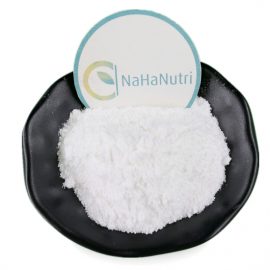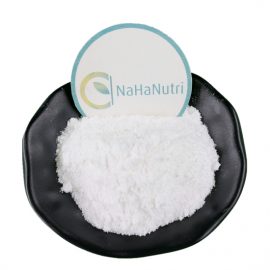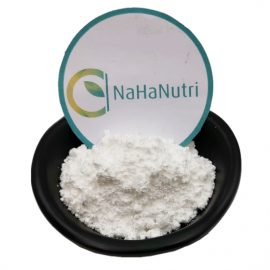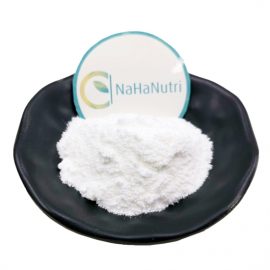A basic information
Lactobacillus bulgaricus is a Gram-positive, anaerobic bacterium with a single rod-shaped or chain-shaped body, which is blunt at both ends, has no motility and does not produce spores; Nutritional microorganisms, demanding nutrition.
Product specifications
Active lactic acid bacteria content ≥ 10 billion cfu / g, packed in aluminum foil bag, 1 kg / bag.
Strain characteristics
1. Lactobacillus bulgaricus mainly comes from yogurt, but also varies due to its origin and excellent performance.
2. It is the most acid-producing strain among lactic acid bacteria, with a maximum acid yield of 2%. It can use glucose, fructose, and lactose for homolactic fermentation to produce D-lactic acid. Fermentation can produce flavor substances. The tolerance to heat is poor, but Individual strains can tolerate 20min at 75 ℃;
3. Capable of secreting polysaccharides outside the cell, forming capsular polysaccharides adhering to the cell surface or being in the form of mucopolysaccharides in the culture medium surrounding the cells, the formation of which is beneficial to improving the viscosity and texture of the product;
4. Produce special aroma, so that yogurt and other unique flavors. According to research, this unique flavor is formed by acetaldehyde, diacetyl, acetone, 3-hydroxybutanone and volatile acids produced during fermentation;
5. Lactobacillus bulgaricus is the main starter strain that acidifies yogurt and fermented milk beverages during storage, and has very strong acid production capacity and acid resistance.
Size and colony morphology
1. Size Under the microscope, the bacteria are generally 2 μm to 9 μm long and 0.5 μm to 0.8 μm wide. The single body is long rod-shaped or chain-shaped, and the ends are blunt, as shown in the figure.
2. Colony morphology Colonies are colorless to pale white, usually in the shape of matte cotton, with a diameter of 1mm to 3mm.
Suitable for growing environment
1. The optimal growth temperature of Lactobacillus bulgaricus is 37-45 ° C. It cannot grow if the temperature is higher than 50 ° C or lower than 20 ° C. The pH range is 3.5-7.0, and the acid resistance is strong.
2. Lactobacillus bulgaricus is a heterotrophic microorganism with strict nutritional requirements. Generally speaking, skimmed milk and whey are the best medium for it. During the growth and reproduction process, multiple vitamins and other growth factors are required, especially B vitamins, such as pyridoxine, cobalamin, and folic acid.
Growth characteristics
1 culture characteristics: culture in the laboratory, can be cultured with MRS medium.
2 Biochemical characteristics: Can use glucose, fructose, lactose for homo-lactic acid fermentation to produce D-type lactic acid, and fermentation can produce flavor substances; a large amount of lactic acid produced during the metabolism of Lactobacillus bulgaricus, adding calcium carbonate to the medium can release the metabolite lactic acid. Inhibition of bacterial growth; mild proteolytic and weak fat laxity, more sensitive to carbonate, can produce antibiotics called bulgaricin.

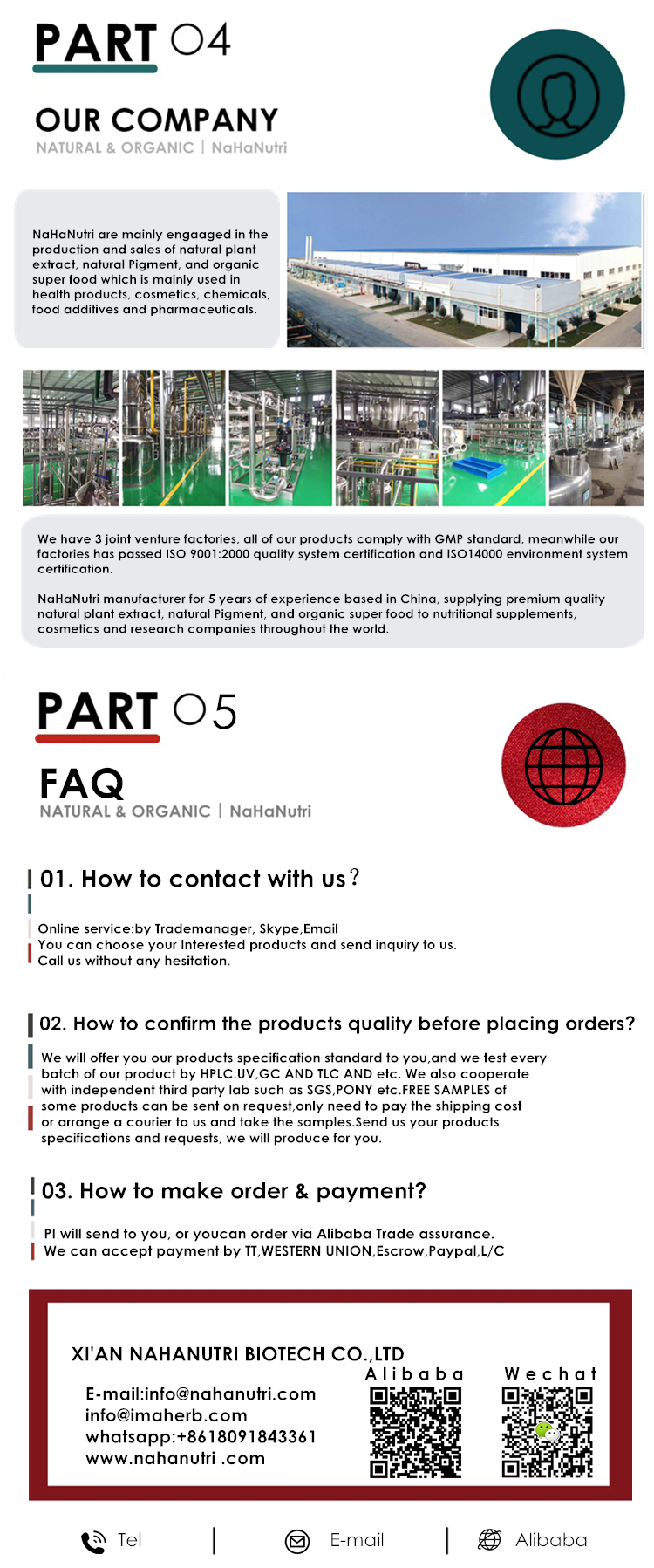
Lecithin


